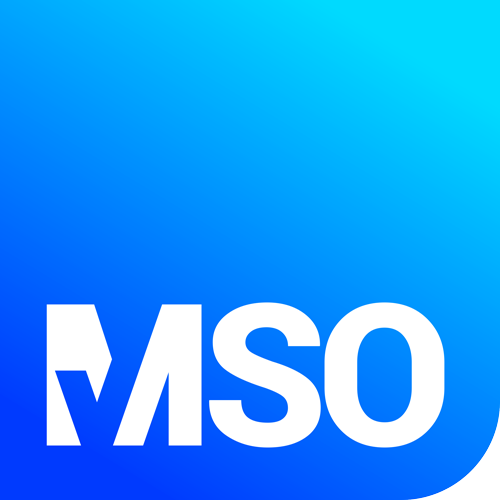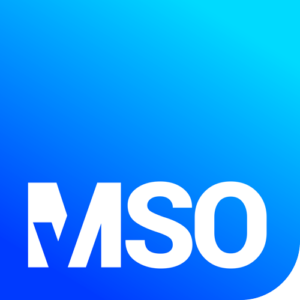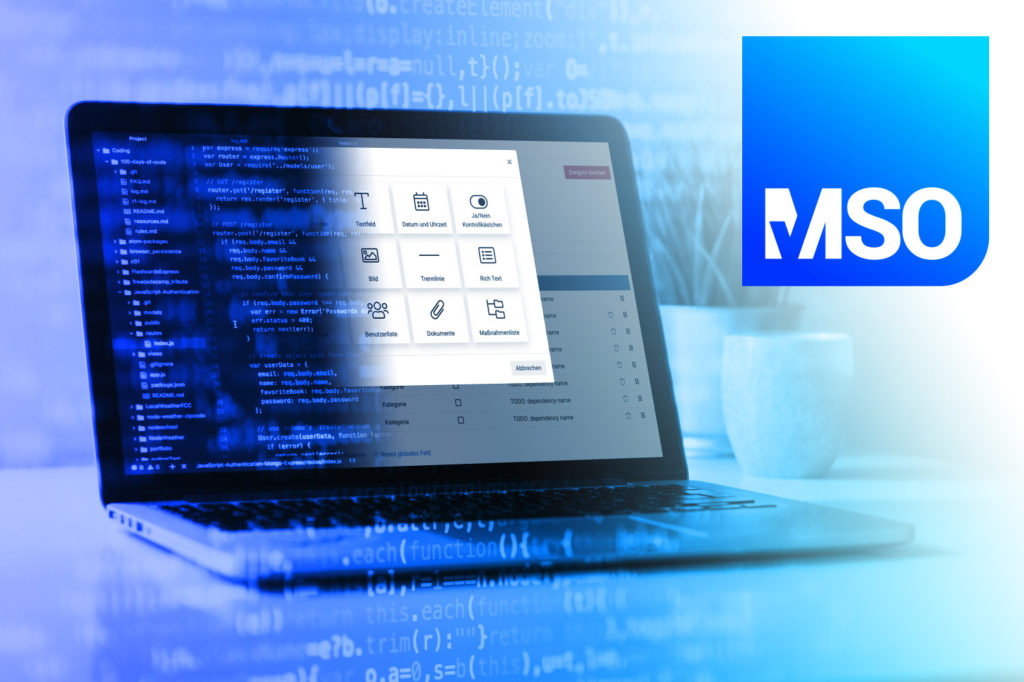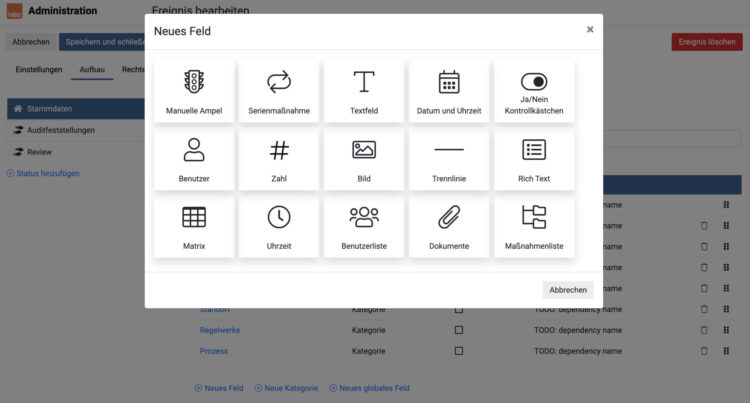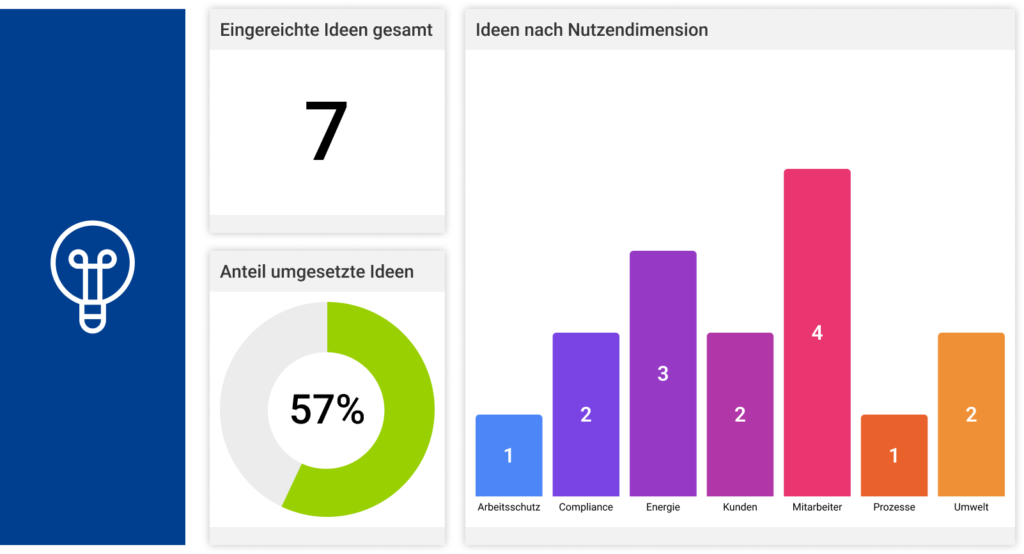It is often considered and discussed whether an out-of-the-box (standard) or a custom software solution is the right one. The former is characterized by immediate availability and starting possibility (plug & play), the latter by the fact that it can be developed tailor-made according to the individual needs and requirements. The questions that arise are: Does this have to be an either-or decision? – Must out-of-the-box solutions really forego individual, customer-specific adaptability? [Small spoiler beforehand: No, it doesn’t.] This ultimately leads us to answer the question of why companies rely on freely configurable and scalable no-code software frameworks.
Let’s start with scaling. In simple terms, scaling means nothing more than a change in size. While, for example, photos and font sizes can be scaled, in the economy companies scale their business model. In this case, the change in size almost always means growth. If a company’s business model is scalable, it has growth potential, can meet increasing demand, expand and conquer a larger market. This growth is usually accompanied by a change in the organization.
Scaling is not an empty phrase or an end in itself, but serves to create ever greater benefits/ROI. If companies constantly create new solutions, but neither standardize nor digitize their processes, only one thing will grow initially: complexity. The scaling effect lies above all in not losing the focus, in repeatedly running processes that bring success in the same way and then automating them.
At first glance and up to a certain size, this may still work well with tens of different systems, tools and Excel lists, but if growth is to really set in, a solid infrastructure or framework is needed.
Example
As an example, we have a medium-sized customer that simply handles a large part of its organization via its e-mail system. Different processes and smaller systems exist in parallel for different business transactions. The processing status of individual processes and actions cannot be viewed or can only be viewed with difficulty, the workload of individual departments or employees cannot be tracked, and therefore the necessary resources that the company actually needs cannot really be calculated on the basis of the data required for this. What is needed now is a central system that can be configured precisely along the needs of the medium-sized business and constantly adapted to them – without additional programming or IT effort and associated costs.
For the digital solution to be a success, companies need an integrated solution that supports and secures their work processes, enables performance analyses and that optimizations can be implemented easily and quickly with. Flexibility and scalability of the software are the success factors to prevent more and more tools and software from being added as growth or change occurs, resulting in non-transparent processes and data silos. Then you end up back in the dilemma of e-mails and Excel lists.
The steps to successful scaling
- Standardize products and/or services as well as business processes
- Automate/digitalize the standardized processes via software support
- Use a scalable, holistic framework that meets the change and growth ambitions: Configurable software that easily accommodates an increase in activity and can be adapted to the needs of the organization at any time (number of users, number of business processes, scope of functionalities, corporate design, etc.) – all without programming skills (no-code).
What exactly do we mean by configurability and framework?
Again quite simplified spoken, a configuration is a customization. In a custom configuration, a user can make their own system compositions and settings. For example, the settings of the navigation system in the car, the start screen of the laptop or the menu of the smartphone can be configured.
By “real” configurability we thus mean here that the adjustments are not made by programming the source code, but can be carried out without programming knowledge (no-code).
This means that a customer-specific configuration is both cost-effective and can be implemented quickly in terms of time, since it does not involve any additional implementation effort for the software manufacturer/IT service provider.
The adaptation of the source code, on the other hand, is always and exclusively carried out through generic further development of the basic functionalities of the (standard) software. In this way, the system stays release-capable at all times and the application remains state of the art. Configurations that have already been made can simply be adopted in the new release.
A framework now provides the necessary infrastructure for arbitrarily complex, individual configurations.
Excursus
The term framework is frequently, but not exclusively, used in software development and describes here usually a programming framework in the context of object-oriented software development as well as with component-based development approaches. Frameworks simplify and accelerate the development and integration of different components and modules. A framework contains a set of different tools, with which routine, repetitive tasks can be solved. A suitable framework has all APIs, libraries and basic modules required for basic functionality.
A (more detailed, German) explanation can be found, for example, at https://www.it-talents.de/blog/it-talents/frameworks
The framework simplifies implementation by taking care of all the basic functions while providing maximum freedom. You do not need to squeeze your implementation project into a generic standard solution and yet you do not have to write hundreds of lines of code from scratch (more precisely, none at all in the no-code approach). Apart from the already mentioned cost factor, this increases productivity and improves quality. From its very basic idea, the framework is already highly configurable and thus also scalable.
MSO software provides high ROI through transparency, clarity, compliance and time savings
Let’s now return to our customer example. What was needed was a central system that could be configured precisely along the needs of the medium-sized business and constantly adapted to them – without additional programming or IT effort and associated costs.
Thanks to the flexibly deployable MSO Management software, the customer can gradually create, evaluate, analyze and optimize their own company-specific workflows for topics such as compliance, product development, customer and supplier complaints, internal and external maintenance orders, intermediate orders for production, training, ideas and suggestions for improvement, allocation of company vehicles etc.
The MSO Management software ensures that the processing status of all controlled topics, individually or as a whole, can be checked and transparently tracked at any time. Evaluations provide an overview of the development of corporate goals and KPIs, the performance of processes and the degree of implementation of measures. The ROI lies in time savings, more transparency, a better overview, process security and compliance, and faster turnaround times. The perceived workload has decreased within the individual departments, according to employees, and faster handling processes, for example in the context of complaints, lead to increased customer satisfaction.
Employees continuously provide new ideas and suggestions for further areas of application, and so the solution is constantly optimized through dialog and adapted to changing needs – quite simply and flexibly thanks to freely configurable and scalable no-code software.
